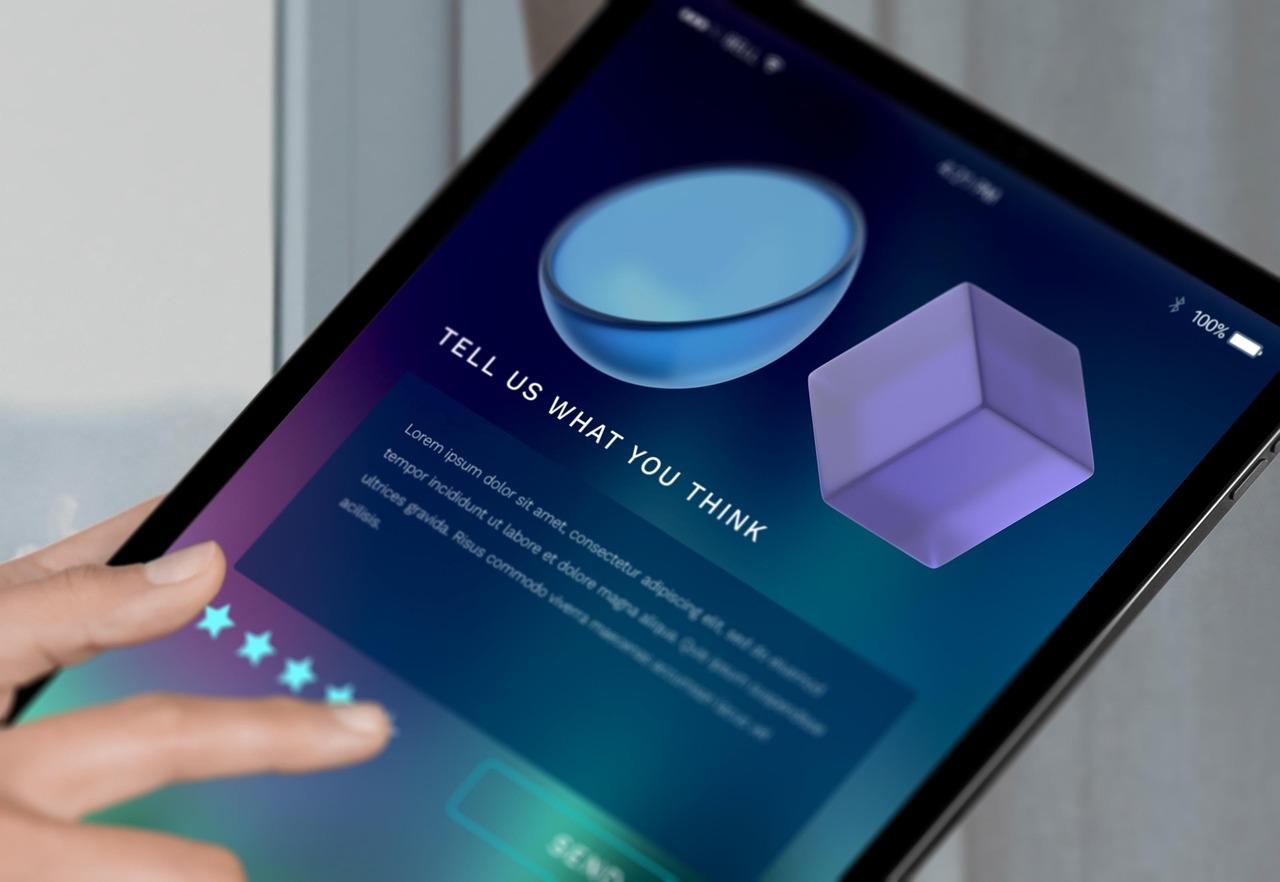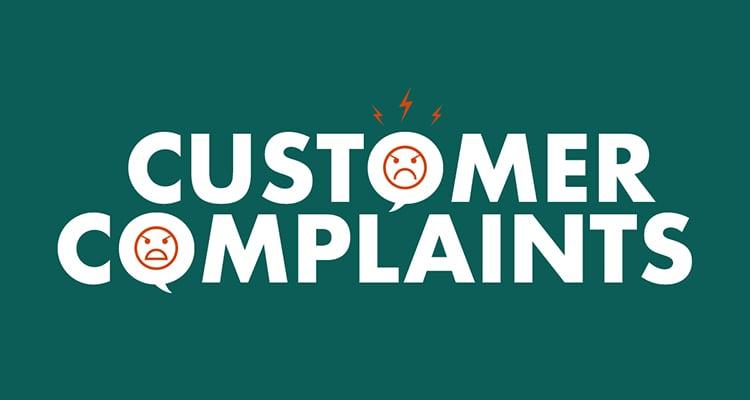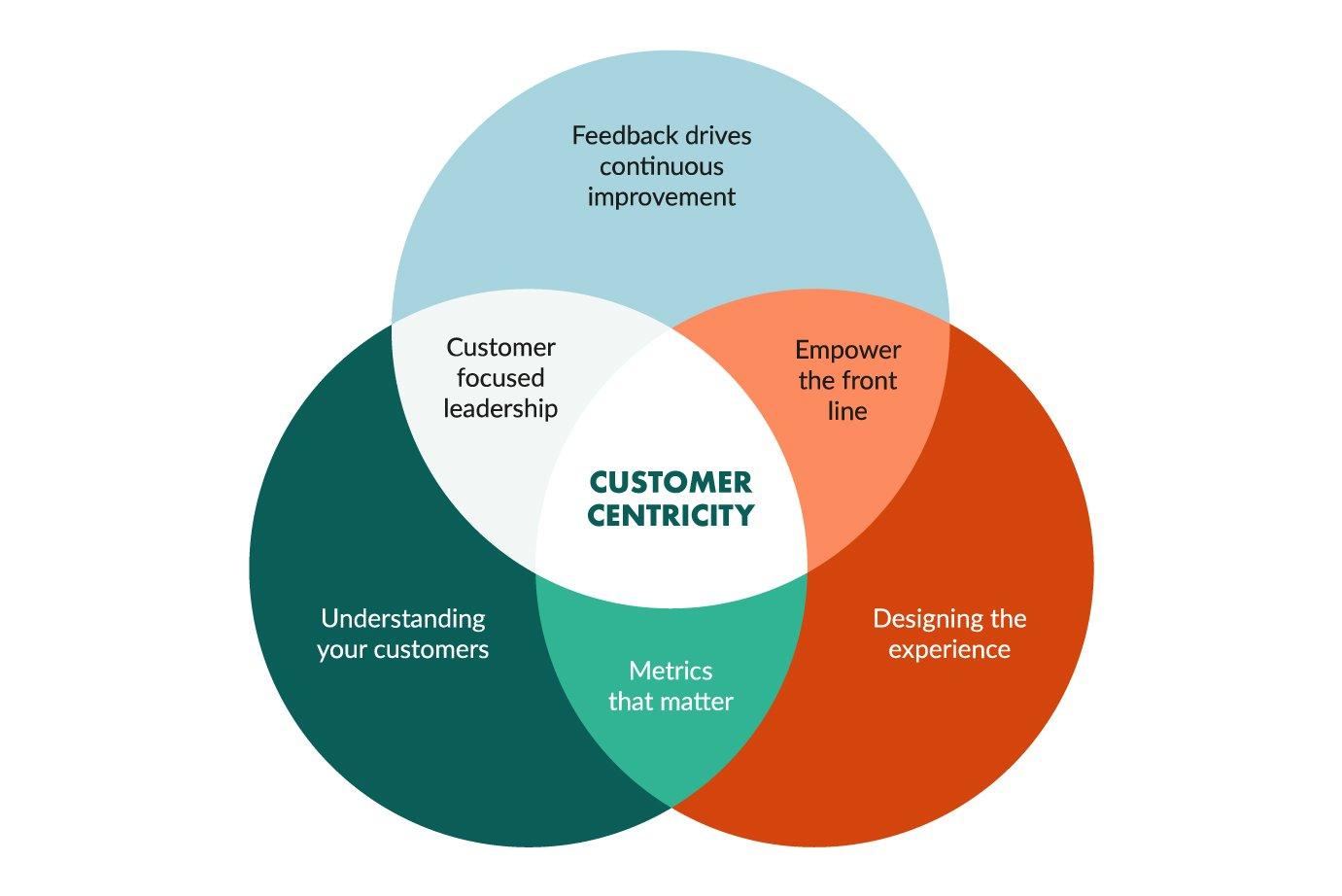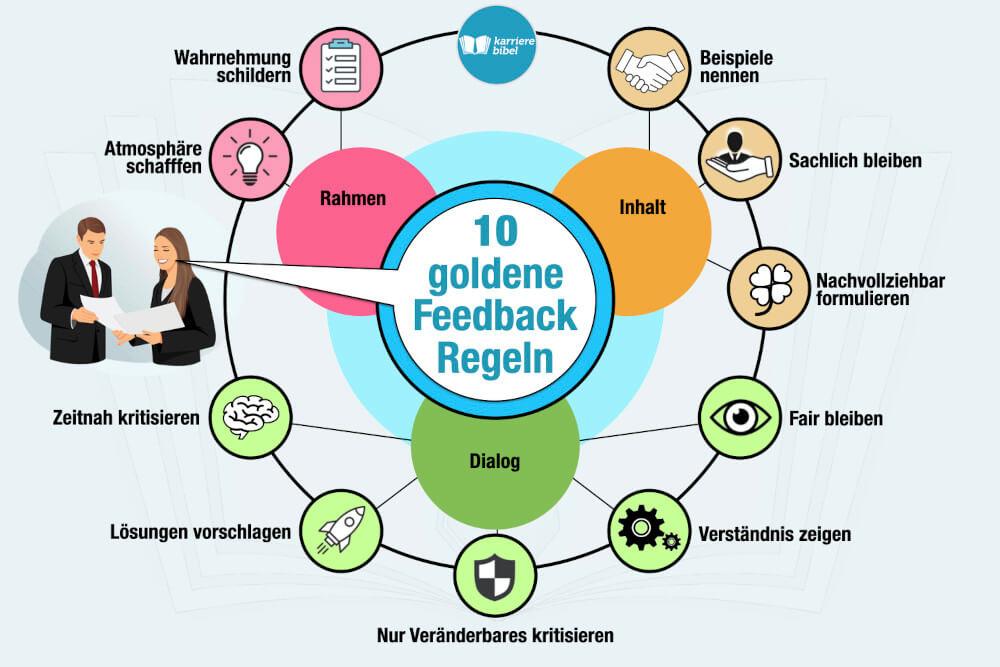Introduction:
We’ve all been there—whether you’re a customer venting about a late delivery or a business owner facing the heat from an unhappy client. Complaints are a part of doing business, but how you respond to them can make all the difference. Imagine turning a frustrated customer into a loyal advocate just by knowing the right words to say! In today’s fast-paced world, where reviews can make or break a brand, mastering the art of complaint resolution is not just a skill; it’s a necessity. In this article, we’ll dive into practical strategies that will equip you to handle customer complaints with grace and professionalism. By the end, you’ll not only understand the importance of a thoughtful response but also discover how to transform those pesky complaints into golden opportunities for growth and connection. So, let’s get started on enhancing your customer service game!
Understanding the Importance of Customer Feedback
In the ever-evolving landscape of business, customer feedback serves as a vital compass guiding your company towards success. When customers voice their opinions, whether positive or negative, they provide invaluable insights that can shape your services, products, and overall customer experience.Listening to these insights is not just good practice; it’s essential for growth and betterment.
Responding to customer complaints effectively can turn a potential crisis into an opportunity. Here’s why embracing feedback is crucial:
- Enhances customer Loyalty: When customers feel heard and understood, their loyalty to your brand strengthens. A prompt and professional response to their complaints shows that you value their input.
- Identifies Areas for Improvement: customer feedback highlights specific issues that can be addressed, allowing you to fine-tune your offerings and eliminate pain points.
- Builds Trust: clarity in addressing complaints fosters trust. Customers appreciate brands that take accountability and act on feedback.
- encourages Positive Word-of-Mouth: Satisfied customers are more likely to share their experiences, boosting your reputation and attracting new clients.
Analyzing feedback is an ongoing process. Consider establishing a structured approach to gather and evaluate it. Here’s a simple framework you might use:
| Step | Description |
|---|---|
| 1. Collect Feedback | Use surveys, social media, and direct communication to gather customer opinions. |
| 2. Analyze Data | Look for patterns in feedback to identify common issues or trends. |
| 3. Implement Changes | Use insights to refine products or services, addressing the concerns raised. |
| 4. Follow Up | Reach out to customers to inform them of changes made based on their feedback. |
Remember, the goal of responding to complaints is to create a dialog. Encourage customers to share their thoughts and reassure them that their voices matter. this engagement not only helps in resolving the current issues but also fosters an environment where customers feel cozy providing feedback in the future.
Ultimately, customer feedback is not just a tool; it’s a partnership. By actively responding to complaints, you’re not only improving your business but also building a community of loyal customers who feel connected to your brand.
Embracing Complaints as Opportunities for Growth
When customers voice their concerns, it might be easy to view these complaints as nuisances. However, each complaint carries the potential for something much greater: an opportunity for improvement. By shifting your outlook, you can transform these interactions into valuable insights that can shape your business strategy.
Listen Actively: The first step in addressing a customer complaint is to genuinely listen to what they have to say. This shows respect and validates their feelings. Create an environment where customers feel comfortable sharing their experiences. Use open-ended questions to delve deeper into their concerns, such as:
- What specific issue are you facing?
- how has this affected your experience with our product/service?
- What would you like to see as a resolution?
Respond with Empathy: Once you have a clear understanding of the issue, respond with empathy. Acknowledge the inconvenience caused and express understanding of their feelings.This can often defuse tension and build rapport.Phrases like “I understand how frustrating this must be for you” can go a long way in making customers feel heard and valued.
Take Action: After listening and empathizing, it’s crucial to take concrete steps to resolve the issue. This demonstrates that you’re not only aware of the problem but also committed to making things right.Consider the following actions:
- Offer a refund or replacement.
- Provide a discount on future purchases.
- Implement changes based on their feedback.
Learn and Adapt: Each complaint can serve as a learning opportunity. keep track of recurring issues and analyze patterns. You might want to create a table to help visualize these trends:
| Complaint Type | Number of Complaints | Actions Taken |
|---|---|---|
| Shipping delays | 25 | upgraded shipping process |
| Product Quality | 15 | Enhanced quality checks |
| Customer Service | 10 | Staff training sessions |
Follow Up: After resolving a complaint, don’t forget to follow up with the customer. This not only reinforces that their feedback matters but also provides an avenue for further engagement. A simple email or phone call can leave a lasting positive impression, turning a previously dissatisfied customer into a loyal advocate.
Ultimately, embracing complaints as stepping stones can revolutionize your approach to customer service. By fostering a culture that values feedback, you pave the way for continual growth and improvement. Remember, every complaint is an opportunity in disguise—a chance to refine your offerings and elevate your customer experience.
Listening Actively to Your Customers Concerns
When it comes to addressing customer complaints, listening actively is crucial. This not only helps in understanding the root of the issue but also makes the customer feel valued and heard. Here are some effective strategies to enhance your active listening skills:
- Give Your Full Attention: Make eye contact and eliminate distractions. This shows the customer that their concern is your priority.
- Acknowledge Their Feelings: Use empathetic phrases like “I understand that this is frustrating for you.” This helps to validate their emotions.
- paraphrase What You hear: Repeat back what the customer has said in your own words. This not only confirms your understanding but also gives them a chance to clarify if needed.
- Ask open-ended Questions: Encourage the customer to express themselves fully with questions that require more than a yes or no answer. such as, “Can you tell me more about what happened?”
Another importent aspect is to document the feedback you receive. This allows you to identify patterns and recurring issues, which can be invaluable in improving your products or services. A simple table can help in categorizing concerns and tracking resolutions:
| Customer issue | Date Reported | Status |
|---|---|---|
| Delayed shipment | 2023-10-01 | Resolved |
| Product malfunction | 2023-10-03 | In Progress |
| Poor customer service | 2023-10-05 | Escalated |
Building rapport with customers through active listening can transform a negative experience into a positive one. When customers feel that their concerns are genuinely acknowledged, it not only increases their satisfaction but also fosters loyalty. Remember to follow up after resolving an issue to ensure that they are happy with the solution. This added step goes a long way in cementing a strong relationship.
keep in mind that active listening is not just about hearing words; it’s about understanding the message behind them. Pay attention to tone, body language, and emotional cues. Your ability to connect with customers on a deeper level can make all the difference in turning a complaint into an opportunity for growth and improvement.
Responding Promptly: Timing is Everything
In the world of customer service, how quickly you respond to complaints can make or break a relationship with your customers. When a customer takes the time to voice their dissatisfaction, they are not just looking for acknowledgment—they are seeking resolution. The faster you can engage with them,the more likely you are to turn their negative experience into a positive one.
Here are some key reasons why timing matters:
- First Impressions Count: A swift response shows that you value your customers and their feedback. It sets the tone for the entire resolution process.
- Prevents escalation: Addressing complaints promptly can prevent them from escalating into bigger issues, both for the customer and your brand’s reputation.
- Boosts Customer Loyalty: Customers appreciate when their concerns are taken seriously and addressed swiftly. This can lead to increased loyalty and even advocacy for your brand.
To ensure timely responses, consider implementing a few strategies:
- Set Response Time Goals: Establish a benchmark for response times—24 hours is a common standard. Make it a goal for your team to respond even faster when possible.
- Use Automation Wisely: Leverage automated responses to acknowledge receipt of complaints promptly while assuring customers that their issue is being reviewed.
- Designate a Team: Have a dedicated team or individual responsible for handling complaints, ensuring that they are addressed promptly and efficiently.
Consider the following sample response time table to guide your customer service team:
| Type of Complaint | Ideal Response Time |
|---|---|
| General Inquiry | Within 24 hours |
| Product Issue | Within 12 hours |
| Service Disruption | Immediately |
| Billing Discrepancy | Within 2 hours |
Remember,it’s not just about responding quickly; it’s about responding effectively. Make sure that your responses are thoughtful and address the concern directly. A hasty reply can sometimes lead to more confusion, so balance speed with the quality of your communication. Engage with empathy, take ownership of the situation, and provide clear solutions.
a prompt response is your chance to shine. Seize that opportunity to show your customers that their satisfaction is your top priority. Turn complaints into chances for improvement and build stronger relationships in the process.

Using Empathy to Connect with Upset Customers
When customers reach out with complaints,they are often feeling frustrated or disappointed. Taking a moment to recognize their feelings can pave the way for a more effective resolution. Use phrases like,“I understand how that can be frustrating,” or “It’s completely valid to feel that way,” to show that you genuinely care about their experience. By validating their emotions, you create a safe space for dialogue.
Empathetic listening is crucial in these situations. Make sure to give the customer your full attention, avoiding distractions. Here are a few tips to enhance your listening skills:
- Maintain eye contact: If on a call, use a kind tone that shows you are engaged.
- Paraphrase their concerns: Repeat back what they’ve shared to confirm you understand their issues.
- Ask open-ended questions: Encourage them to elaborate on their feelings and experiences.
Once you’ve established an empathetic connection, it’s essential to frame your response positively. instead of focusing solely on the issue,highlight how you can address their concerns. For exmaple, you might say, “Let’s see how we can fix this together,” or “I appreciate you bringing this to my attention; here’s how we can resolve it.” this shifts the conversation from a negative experience to a collaborative resolution.
To further ensure they feel valued, follow up after the issue has been addressed. A simple message saying, “I just wanted to check in and see how everything is going,” can go a long way.It reinforces that you care about their satisfaction and are committed to a long-term relationship.
| Empathy Techniques | Benefits |
|---|---|
| Active Listening | Builds trust and understanding |
| Validating Feelings | Makes customers feel heard |
| Positive Framing | Encourages constructive dialogue |
| Follow-Up | Strengthens customer relationships |
Ultimately,using empathy in your interactions with upset customers is not just about resolving complaints; it’s about building lasting relationships. When customers feel heard and valued, they’re more likely to return, share their positive experiences, and foster a community around your brand. Empathy transforms an unhappy customer into a loyal advocate—one conversation at a time.

Crafting Thoughtful and Personalized Responses
When addressing customer complaints, it’s essential to go beyond generic responses. Personalization shows that you value the customer’s experience and are genuinely invested in resolving their issues. Start by acknowledging the specific problem the customer has raised. Use their name and reference details from their complaint to make your response feel tailored and sincere.
For instance, you might say, “Hi [Customer Name], I understand that you experienced [specific issue]. I’m truly sorry to hear that.” this approach not only humanizes the interaction but also sets a positive tone for the resolution process. Customers appreciate when their concerns are recognized and not treated as mere statistics.
Next, offer a solution that reflects your understanding of their needs. Here are a few tips to guide you:
- Be specific: Instead of a vague apology, suggest concrete steps you will take to remedy the issue.
- Provide alternatives: If possible, give customers options. This can empower them and foster goodwill.
- Follow up: after addressing their complaint, reach out again to ensure their issue has been resolved satisfactorily.
it’s also beneficial to maintain a positive and professional tone throughout your response. Even if the customer is upset, responding with empathy and positivity can often diffuse tension. Such as, stating, “I appreciate your patience as we work through this together” can transform an angry exchange into a collaborative effort to find a resolution.
Incorporating a personal touch can make a significant difference. Here’s a quick table showcasing effective phrases to use in your responses:
| Situation | Response Phrase |
|---|---|
| General Apology | “I’m sorry you had this experience.” |
| Offering a Solution | “Here’s what I can do for you…” |
| Empathy | “I understand how frustrating this must be.” |
| Follow-up | “Please let me know if everything is resolved.” |
Lastly, remember that every interaction is an opportunity to build trust. When customers feel heard and valued, they are more likely to remain loyal to your brand despite their initial dissatisfaction. Investing time and effort into crafting thoughtful responses not only addresses their immediate concerns but also fosters long-term relationships. So, take a moment to think about your response, and let your customers know they matter.

Offering Solutions that Truly Address the Issue
When a customer voices a complaint, it’s an opportunity to not just resolve an issue, but to build a lasting relationship.The key lies in offering solutions that are not only effective but also resonate with the customer’s needs. A one-size-fits-all approach rarely works.Instead, consider these strategies to ensure your solutions hit the mark:
- Listen Actively: Take the time to hear what the customer is saying. This means allowing them to express their frustrations fully before jumping in with solutions.
- Empathize: Show genuine concern for their situation. Phrases like, “I understand how frustrating that must be” can go a long way in making the customer feel valued.
- Personalize Your Response: Tailor your solutions to fit the specific context of the complaint. Generic responses can feel dismissive,so always aim to address the unique details of the issue.
Once you’ve gathered the necessary details,focus on offering solutions that not only rectify the problem but also exceed expectations.Here’s a simple framework to guide your response:
| Issue Type | Suggested Solution | Follow-Up action |
|---|---|---|
| Delayed Shipment | Offer a discount on the next purchase | Confirm new delivery date |
| Defective Product | Provide a replacement or refund | Request feedback on replacement |
| Poor Customer Service | apologize and escalate to a manager | Check in with the customer week later |
Always remember, transparency is key. If a solution takes time to implement, let customers know what to expect and keep them updated throughout the process. Not only does this build trust,but it shows that you care about their experience.
after resolving the complaint, invite further dialogue.Ask if the customer is satisfied with the solution and if there’s anything else you can help with. This not only reinforces their value but also turns a possibly negative experience into a positive one, fostering loyalty and encouraging repeat business.

Following Up: The Key to Building Trust
When a customer reaches out with a complaint, it’s not just a chance to resolve an issue; it’s an opportunity to strengthen the relationship and build trust. Following up after addressing their concerns shows that you genuinely care about their experience. Here are a few strategies you can implement:
- Personalized Responses: Tailor your follow-up messages to each customer. Use their name and reference their specific complaint to show that you’re engaged and attentive.
- Timely Communication: aim to follow up within a few days of resolving their issue. This demonstrates your commitment to their satisfaction and keeps the conversation fresh.
- Offer Additional Assistance: Let them know you’re available for any further questions or concerns. this openness can help dispel any lingering doubts and reassures them that you value their input.
Consider using a structured approach to your follow-ups. A simple table can definitely help you track interactions and ensure no customer is overlooked:
| Customer Name | Issue Reported | date Resolved | Follow-Up Date | Status |
|---|---|---|---|---|
| Jane Doe | Shipping Delay | 01/15/2023 | 01/18/2023 | Resolved |
| John Smith | Product Defect | 01/16/2023 | 01/19/2023 | Pending |
in your follow-up communication, don’t hesitate to ask for feedback on how you handled their complaint. This not only shows that you are open to growth but also encourages customers to feel that their voice matters. Here are some questions you might consider:
- Was the resolution satisfactory?
- How can we improve your experience in the future?
- Would you be willing to share your thoughts on our service publicly?
remember, the goal of following up is not just to check a box but to foster a long-term relationship.when customers see that you genuinely care about their satisfaction, they are more likely to return and even become advocates for your brand. Building that trust can lead to increased loyalty and positive word-of-mouth referrals, which are invaluable in today’s competitive marketplace.

Turning Negative Experiences into Positive Outcomes
Every business, no matter how stellar, will face customer complaints at some point.What separates thriving businesses from those that struggle is how they handle these negative experiences. Rather of viewing complaints as setbacks, consider them as golden opportunities to improve and engage with your customers on a deeper level.
When a customer voices their dissatisfaction, it’s vital to approach the situation with a mindset geared towards resolution.Start by actively listening to their concerns without interruption. This not only makes the customer feel valued but also helps you gather important insights into their experience. remember, empathy goes a long way. Show that you genuinely care about their feelings and are committed to finding a solution.
here’s how you can turn their feedback into a constructive dialogue:
- Acknowledge their feelings: Let them know you understand why they are upset.
- Apologize sincerely: A genuine apology can diffuse tension and foster goodwill.
- Ask questions: Encourage them to elaborate on their experience to get a clearer picture.
- Propose solutions: Offer options that address their concerns directly.
Once you’ve resolved the immediate issue, consider following up. A simple message to check in on their satisfaction shows commitment to customer service and builds loyalty. In fact, customers who feel their issues are taken seriously are often more likely to return, even after a negative experience.
To help you visualize how to handle complaints effectively, here’s a simple breakdown of the process:
| Step | Action | Outcome |
|---|---|---|
| 1 | Listen Actively | Understand the customer’s pain point |
| 2 | Apologize | Build rapport and trust |
| 3 | Offer Solutions | Resolve the issue effectively |
| 4 | Follow Up | Enhance customer loyalty |
every complaint has the potential to become a stepping stone towards a stronger relationship with your customers. By responding thoughtfully and proactively, you can transform a negative experience into a positive outcome that not only retains customers but also enhances your brand reputation.

Training Your Team for Effective Complaint Handling
Empowering your team with the right skills and knowledge is crucial for navigating customer complaints effectively.Start by providing thorough training that focuses not only on the company’s policies but also on the emotional intelligence required to empathize with customers. here are some key aspects to consider:
- Active Listening: Train your staff to listen attentively. This helps in understanding the customer’s perspective and ensures they feel heard.
- Empathy Advancement: Encourage your team to put themselves in the customer’s shoes. A simple acknowledgment of their feelings can go a long way.
- Problem-Solving Skills: Equip your team with tools and strategies to resolve issues efficiently, transforming complaints into opportunities for improvement.
Role-playing scenarios can be a powerful way to prepare your team for real-life interactions. By simulating different complaint scenarios, employees can practice their responses in a safe environment.Consider these tips for effective role-playing:
- Variety of Scenarios: Create a range of situations that cover common complaints as well as more complex issues.
- Feedback Sessions: after each role-play, provide constructive feedback to help team members refine their approach.
Another essential component of training is familiarizing your team with the tools and resources at their disposal. This includes:
- Knowledge Base: Ensure your employees know how to access and utilize the company’s knowledge base or FAQ resources.
- Escalation Procedures: Make sure they understand when and how to escalate a complaint to a supervisor or specialist.
It’s also vital to foster a culture where feedback is valued. Encourage your team to share their experiences and learn from one another. Consider implementing regular team meetings to discuss complaint handling successes and challenges. This not only builds camaraderie but also enhances the overall skill set of your team.
Lastly, to measure the effectiveness of your training program, establish clear metrics. You might consider a simple table to track performance indicators:
| Metric | Goal | Current Status |
|---|---|---|
| Customer Satisfaction Score | 85% | 80% |
| First Contact Resolution Rate | 75% | 70% |
| Average Response Time | 24 hours | 30 hours |

Creating a Customer-Centric Culture
In today’s fast-paced business landscape, responding effectively to customer complaints is more crucial than ever. A well-handled complaint can transform a dissatisfied customer into a loyal advocate. Here are some essential strategies to embed a customer-centric approach in your complaint resolution process.
Listen Actively
When customers voice their concerns, give them your full attention. Active listening demonstrates that you value their feedback and are committed to resolving their issues. Make sure to:
- Maintain eye contact and use affirmative nods.
- Paraphrase their concerns to confirm understanding.
- Ask open-ended questions to gather more information.
Empathize with Their Situation
Put yourself in the customer’s shoes. Express genuine empathy for their frustrations. This not only calms the situation but also shows that you care about their experience. Use phrases like:
- “I understand how frustrating this must be for you.”
- “I can see why you feel this way.”
- “Thank you for bringing this to our attention.”
Provide Clear Solutions
Once you’ve acknowledged their feelings,it’s time to offer solutions. Be transparent about what actions you can take and ensure that these solutions are realistic. Consider setting up a complaint resolution table to provide clarity:
| Issue | Proposed Solution | Timeframe |
|---|---|---|
| Delayed Order | Expedited shipping and a discount on the next purchase | Within 3 days |
| Product Defect | Full refund or replacement | within 7 days |
| Poor Service Experience | Complimentary service and additional training for staff | Ongoing |
Follow Up
The resolution doesn’t end once the immediate issue is addressed. Following up with the customer shows that you value their input and are committed to their satisfaction. A simple email or phone call can make all the difference. Consider these tips:
- Check in a week after resolution to ensure satisfaction.
- Ask for feedback on their experience with the complaint process.
- Encourage them to share their thoughts on social media or review sites.
Train Your Team
ensure your team is equipped with the tools and training necessary to handle complaints effectively. Regular workshops and role-playing scenarios can enhance their skills, making them confident in engaging with unhappy customers.A well-prepared team will consistently reinforce your commitment to a customer-centric culture.

Learning from Feedback: Continuous Improvement Strategies
Feedback, especially in the form of customer complaints, is a goldmine of insights waiting to be unearthed. Responding effectively not only addresses the immediate issue but also opens the door to continuous improvement in your business practices. Here are some strategies to ensure that every complaint becomes an opportunity for growth.
Listen Actively
When a customer reaches out with a complaint, the first step is to listen. This means giving your full attention without interruptions. Acknowledge their feelings and show genuine concern for their issue. Consider these steps:
- Paraphrase their concern to show understanding.
- Ask clarifying questions if needed.
- Emphasize that their feedback is valuable to you.
Respond Promptly
time is of the essence when it comes to complaints. A swift response can turn a dissatisfied customer into a loyal advocate. Aim for a turnaround time that makes your customers feel acknowledged. Here’s a quick response timeline to consider:
| Response Type | suggested Timeframe |
|---|---|
| Email Complaints | Within 24 hours |
| Social Media Complaints | Within 1-2 hours |
| Phone Complaints | Immediate or within the day |
Offer Solutions
After acknowledging the complaint, it’s time to present solutions. Customers want to feel that their issues are not only heard but also resolved. Be clear and concise when outlining the steps you will take, whether it’s:
- Providing a refund or exchange.
- Offering a discount on future purchases.
- Making adjustments to your product or service based on their feedback.
Follow Up
Don’t let the conversation end once the issue is resolved. A follow-up message shows that you care about customer satisfaction. It can also provide valuable data for continuous improvement. Consider sending a brief email or message that includes:
- A thank you for their patience.
- An inquiry about their satisfaction with the resolution.
- An invitation for additional feedback on your services.
By implementing these strategies, you not only enhance your customer service experience but also create a culture of continuous improvement. Every complaint is a stepping stone towards a better understanding of your customers and refining your operations.
Frequently Asked Questions (FAQ)
Q&A: How to Respond to Customer Complaints
Q: Why is it important to respond to customer complaints?
A: Responding to customer complaints is crucial because it shows that you value their feedback and care about their experience.When customers feel heard, they’re more likely to stay loyal to your brand. Plus, addressing issues promptly can turn a negative experience into a positive one, potentially even winning back a dissatisfied customer!
Q: What’s the first step I should take when I receive a complaint?
A: The first step is to listen carefully. This means giving the customer your full attention, whether it’s on the phone, via email, or in person. Acknowledge their feelings and let them know you understand their frustration. this sets a positive tone and makes them feel valued right from the start.
Q: How can I respond effectively without sounding defensive?
A: It’s all about your tone! Use empathetic language and focus on the customer’s experience instead of your own. Avoid phrases that can come off as defensive, like “That’s not our policy” or “You misunderstood.” Instead, try saying, “I’m sorry to hear that you had this experience. Let’s work together to resolve it.” This approach promotes collaboration rather than confrontation.
Q: Should I apologize even if I don’t think it’s my fault?
A: Absolutely! An apology is about acknowledging the customer’s feelings rather than admitting blame. Saying, “I’m sorry you had this experience,” shows that you care about their feelings and are committed to finding a solution. It’s a simple yet powerful way to diffuse tension.
Q: How can I turn a complaint into an opportunity?
A: Every complaint is an opportunity for improvement. After resolving the issue, follow up with the customer to ensure they’re satisfied with the resolution.You can also ask for their feedback on how you can improve your services. This not only shows that you value their opinion but also helps you enhance your business practices.
Q: What if the customer is still unhappy after my initial response?
A: If the customer isn’t satisfied, don’t give up! Ask them what they need to feel better about the situation.Sometimes, a small gesture like a discount or a handwritten note can go a long way in mending the relationship. Show them you’re committed to making things right, and they might potentially be pleasantly surprised by your dedication.
Q: How can I ensure my team knows how to handle complaints?
A: Training is key! Provide your team with regular training sessions on customer service best practices, including how to handle complaints effectively.Role-playing different scenarios can help them practice and feel more confident when real situations arise. Empower your team to take ownership of complaints and encourage them to find creative solutions.
Q: Are there any tools that can help manage customer complaints?
A: Yes! There are many customer relationship management (CRM) tools that can help you track complaints and responses. these tools can streamline communication, make follow-ups easier, and ensure that no customer feels neglected. Investing in technology can definitely help create a more organized and responsive customer service experience.
Q: What’s the takeaway for businesses handling customer complaints?
A: The key takeaway is that every complaint is a chance to build a stronger relationship with your customers. Approach each situation with empathy, stay calm, and focus on solutions. By doing so, you not only fix the immediate issue but also demonstrate your commitment to excellent customer service. Happy customers can become your best advocates—so it’s worth the effort!
In Conclusion
responding to customer complaints isn’t just about putting out fires; it’s about building stronger relationships and demonstrating that you truly value your customers’ feedback. Remember, each complaint is an opportunity in disguise—an opportunity to learn, improve, and show your customers that their voices matter.
So the next time a customer brings a concern to your attention, embrace it! Approach the situation with empathy, take the time to listen, and offer a thoughtful solution. by doing so, you not only resolve the issue at hand but also foster loyalty and trust.
As you’ve learned, effective communication and a proactive attitude can turn a disgruntled customer into a lifelong advocate for your brand. So go ahead, take these tips to heart, and watch your customer relationships flourish. After all, happy customers are the cornerstone of any successful business!


